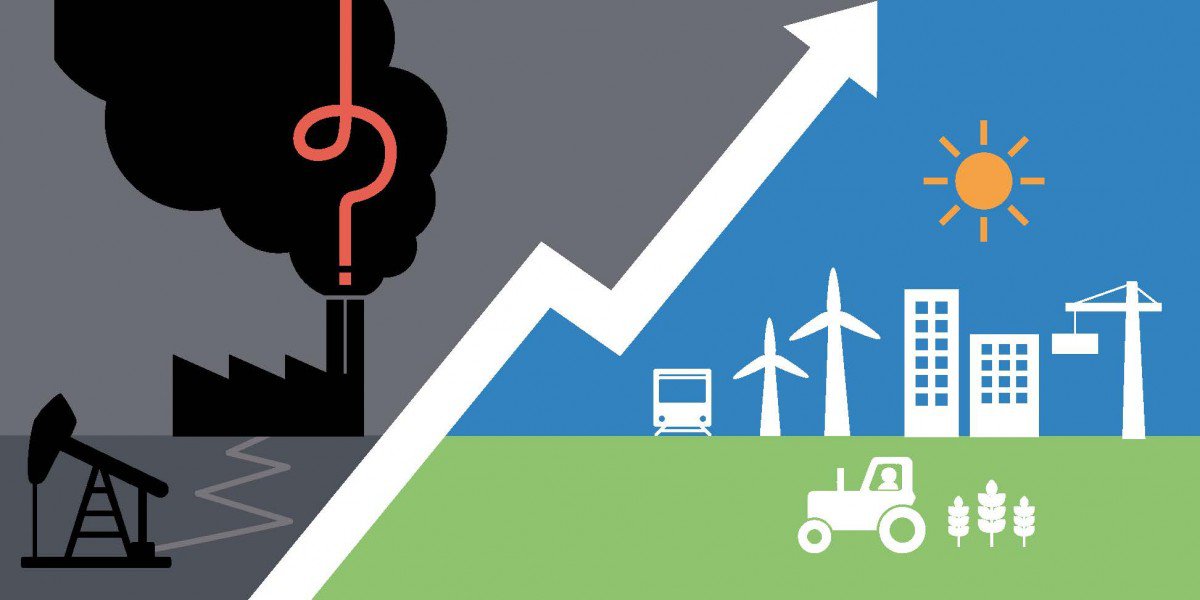- With the shift to cleaner energy sources and the fall in oil use, governments are looking for alternate revenue sources to offset the loss of fuel tax revenue.
- Implementing a distance tax, a mileage-based user fee that might potentially minimise income loss while encouraging sustainable transportation practises, is one such alternative.

Understanding Distance Tax
- Distance tax, often known as mileage-based user fees or road-user charges, is a system of taxation based on motorists’ road usage and distance. The charge is proportional to the distance travelled, encouraging prudent vehicle use.
- Variable Rates: Distance tax rates can be flat, computed per kilometre, or variable based on location and time. It can also differ depending on the vehicle type.
- Implementation of Technology: Distance taxes can be tracked using a variety of technologies like as automatic number plate recognition, radio frequency identification, and GPS-based systems. The latter, particularly when combined with a GPS-based toll collection system, shows promise for adoption in India.
Advantages of Distance Tax
- Revenue Recovery: As fuel consumption declines as a result of the use of cleaner energy sources, a distance tax provides a fuel-neutral technique of recouping lost tax revenue.
- Encourage Efficient Behaviour: The distance tax encourages efficient vehicle usage by paying people who drive less and choose environmentally friendly automobiles.
- Managing Congestion: By encouraging the use of small vehicles with lower carbon footprints, the tax can assist manage traffic congestion.
When Compared to Other Options
- Gasoline Tax Increase: Raising gasoline taxes is a possibility, but it may conflict with the move to cleaner energy sources and may harm consumers.
- Annual taxes for EVs: Imposing annual taxes on electric vehicles (EVs) may slow EV uptake.
- Increase in GST and Toll Tax: Raising GST on EVs or increasing tolls and power taxes is politically difficult.
The Effect on Government Revenue
- Oil Tax Dependence: Governments rely substantially on revenue from gasoline taxes. In India, petroleum accounted for more than 17.5% of the Centre’s revenue in 2022-23, and VAT on petroleum goods accounted for 15% of total state and UT revenue.
- Effects of EV Transition: By 2030, the switch to EVs is expected to cut government revenue by 10.2%, or Rs. 1,457 crore in Delhi. The Centre also expects to lose 10% of its gasoline tax revenue in Delhi as a result of EV adoption.
Source: https://www.livemint.com/news/india/life-beyond-oil-can-distance-tax-ease-the-switch-11691517949430.html
